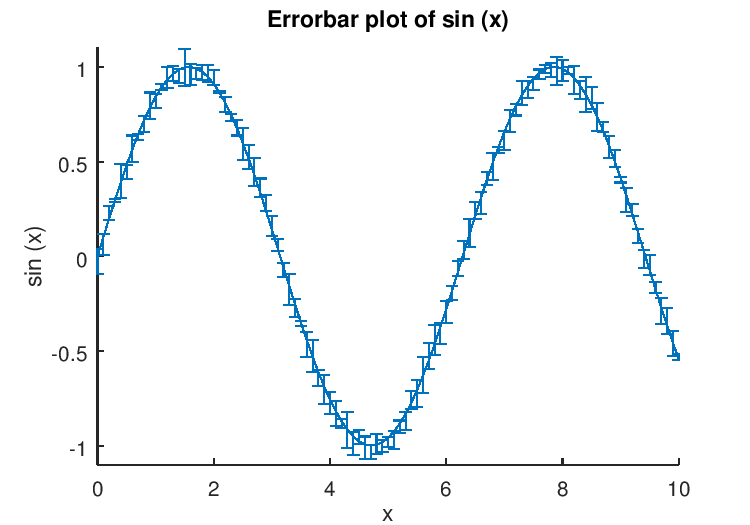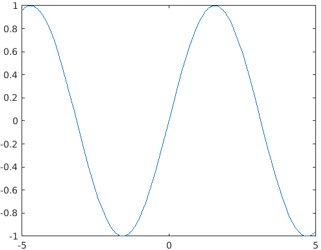Fplot Range
Introduction
Plotting Basics
Multi-Panel Plots, Vectors and ErrorsPLT can plot up to nine quantities simultaneously against a tenth - either all in one large panel or in separate horizontal panels. The relevant PLT term here is vector which refers either to a single array of data or to a combination of data array and associated error array. By default, the first vector is used as the x-axis and the others are plotted against it.
QDP, the Quick and Dandy Plotter, and PCO filesAs mentioned above, PLT is a Fortran subroutine called by programs like xspec and fplot which pass it arrays to plot. Another program that uses PLT is QDP, the Quick and Dandy Plotter. QDP is a handy program that drives PLT to plot ASCII files. As such, QDP can be thought of as the ASCII analogue of fplot which only plots FITS files.
More PLT Commands
Fitting in PLTPLT in Xspec: Some IdiosyncrasiesPLT in Fplot: Some Idiosyncrasies
This page is maintained by the RXTE GOF and was last modified on Thursday, 16-Sep-1999 08:38:14 EDT. |
- Write a function called degrees which takes a vector in as its input and plots y = x, y = x^2, y = x^3, and y = x^4 over the range of the vector. Have your function put this in a single plot (no sub plots). Re-write the function to use sub plots - one subplot for each function. Re-write the function to create a separate figure for each function.
- After typing fplot, you are prompted for the file name and names of two columns you would like to plot (use flcol to get these column names before using fplot). It then asks for some row range, output type and plot command, which you can keep as defaults for now.
- Fplot uses adaptive step control to produce a representative graph, concentrating its evaluation in regions where the function's rate of change is the greatest. Examples Plot the hyperbolic tangent function from -2 to 2.
The maximum of selected column is 0.89971638 The number of points used in calculation is 125 fplot:is a very useful environment, allowing you to make simple plots of the FITSfiles you have. After typing fplot, you are prompted for the file name and names of two columns. The intensities must be in the range 0,1; for example, 0.4 0.6 0.7. A hexadecimal color code is a character vector or a string scalar that starts with a hash symbol ( # ) followed by three or six hexadecimal digits, which can range from 0 to F.
Plot a function fn within the range defined by limits.
fn is a function handle, inline function, or string containing thename of the function to evaluate.
The limits of the plot are of the form [xlo, xhi] or[xlo, xhi, ylo, yhi].
The next three arguments are all optional and any number of them may begiven in any order.
Plot Ranger By Land Pride Price
tol is the relative tolerance to use for the plot and defaultsto 2e-3 (.2%).
n is the minimum number of points to use. When n is specified,the maximum stepsize will be xhi - xlo / n. Morethan n points may still be used in order to meet the relativetolerance requirement.
The fmt argument specifies the linestyle to be used by the plotcommand.
If the first argument hax is an axes handle, then plot into this axis,rather than the current axes returned by gca.
With no output arguments the results are immediately plotted. With twooutput arguments the 2-D plot data is returned. The data can subsequentlybe plotted manually with plot (x, y).
Example:
Fplot Range
Programming Notes:


Plot Range
fplot works best with continuous functions. Functions withdiscontinuities are unlikely to plot well. This restriction may be removedin the future.
fplot requires that the function accept and return a vector argument.Consider this when writing user-defined functions and use .*,./, etc. See the function vectorize for potentiallyconverting inline or anonymous functions to vectorized versions.
Plot Ranger By Land Pride
See also: ezplot, plot, vectorize.